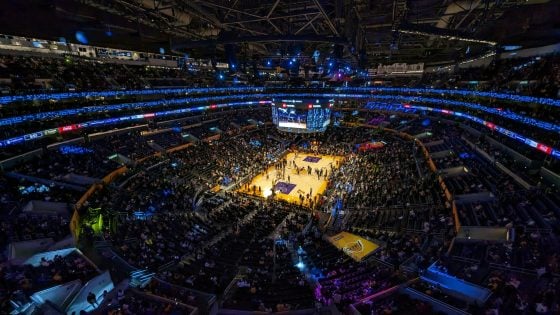We watched all 1,069 steals that have been recorded so far in the 2021-22 Turkish Airlines EuroLeague.
One of the most intriguing statistical outliers early in the regular season has been UNICS Kazan setting a pace to become only the second team this decade to average more than 9 steals per game. In a year where shooting numbers are still recovering to historic norms, UNICS has been the most aggressive team at capitalizing on that early trend by looking to put more pressure on the ball and taking risks off the ball. The team’s steal rate is a big reason it is one of only six teams allowing less than 0.90 points per possession so far this season.
The anatomy of a steal
Turnovers account for 15.8% of all EuroLeague possessions and just over half of all turnovers come in the form of a steal. The distinction between a live-ball and dead-ball turnover is significant as live-ball turnovers often create opportunities to run in transition. Transition opportunities are difficult to come by at this level more than nearly any other making up less than 10% of all possessions but have been converted for 1.12 points per possession so far this season – well ahead of the 0.92 points per possession teams have scored on average against a set defense. Teams that can generate steals consistently can improve the expected value of their possessions on the offensive end.
Digging a layer deeper, as we watched through every steal this season, we filed them into four categories: unforced errors, on-ball steals, steals created by a second defender helping to the ball, and passing lane steals to see just how EuroLeague teams force mistakes.
Getting in the passing lanes
47% of all steals are the result of a defender deflecting or catching passes off the ball and most of the 7% of steals that come from unforced errors fit that description as well. Some passes are inherently riskier than others as distance, height, angle, pressure on the passer, and the physical tools of the off-ball defender all factor into whether players get a hand on the ball.
Passing lanes steals tend to be the biggest differentiator between high-steal rate and low-steal rate teams. While sometimes a player’s instincts and quickness breaking on a pass is all it takes to create a turnover, a lot of passing lanes steals are the result of a group effort. Offenses have to move the defense to create quality shots and that is going to lead to some passing turnovers regardless, but defenses that can redirect opposing ball handlers, take away good angles and force high-risk passes inflate those totals.
The worst pass in the EuroLeague—the lob post entry by a player who has killed their dribble—is a great example of a team effort forcing a passing-lanes steal. With the on-ball defender forcing the offensive player to pick up his dribble, the off-ball perimeter defenders denying easier outlets, and the post defender afforded extra time to jockey for position to bat the pass away, those passes often involve four or five defenders and get stolen at an alarming rate.
UNICS, John Brown, and active help
Steals created by second on-ball defenders account for 41% of all steals in the EuroLeague. Second defenders get involved in plays in a variety of ways whether through a spacing breakdown bringing help to the ball unintentionally, a ball handler trying to be too ambitious navigating in transition, a well-timed post double team, or – most frequently – by design with the way a team defends the pick-and-roll.
John Brown is on pace for the most disruptive individual season this decade by a comfortable margin and his value as a second defender has been key for UNICS defensively. Whether he is taking the middle of the floor away from a ball-handler, hedging out to half court, darting in for a strip around the rim, or containing the ball off a switch in a problematic part of the floor, Brown’s quick feet and hands make him the EuroLeague’s most impactful help defender away from the rim.
On-ball steals and “great individual defenders”
A mere 13% of all steals in the EuroLeague are forced and recovered by individual on-ball defenders. The vast majority of those steals come when the defender sees the ball handler committing to passing the ball, steps back, and earns a deflection effectively zoning up. True instances of a player picking an opposing ball handler’s pocket are exceedingly rare. There’s value in a player’s ability to pressure the ball, but the mistakes they force will often come in the form of steals for teammates because of their ability to stay in front of ball handlers and keep them from getting to high-value spots on the floor.
Quick hitters
• The riskiest thing a ball handler in the EuroLeague can do looking to probe off the dribble is turn his back on the defense; losing sight of the defense has been a recipe for disaster this season against most high-steal teams.
• The catch radius of a team’s lob threat is relevant to their ability to avoid turnovers in the pick-and-roll era. Delivering a lob to a player who can catch the ball 3.5 meters off the ground is much easier than having to create an angle to get the ball to a ground-bound finisher.
• Some of the most valuable steals are forced by perimeter defenders lying in wait at the nail since they are already nearly at half court if they shoot a gap for a steal. Until three-point shooting recovers, coaches can be a little more aggressive helping one pass away than they have been in the past.






